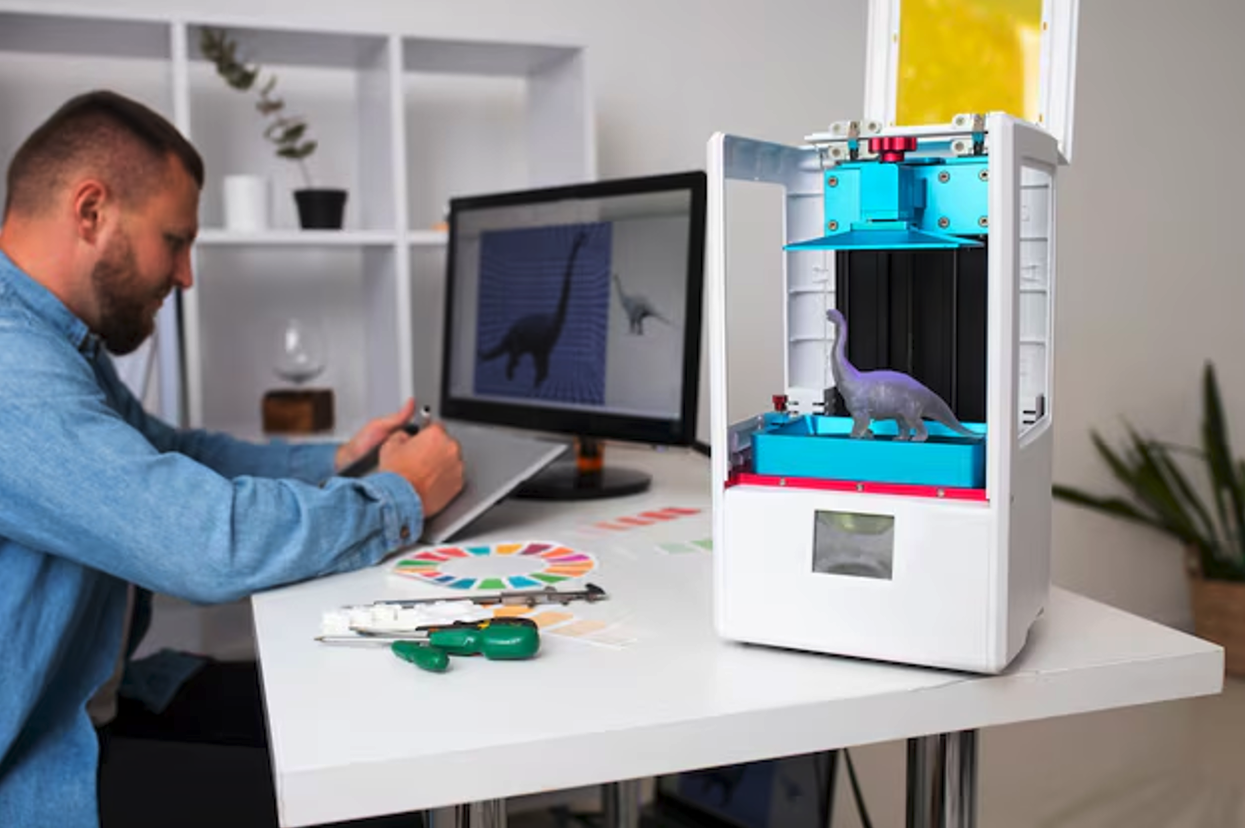
Have you ever received a print job where the colors looked completely off? Or perhaps you had a crucial deadline, only to find out that the printing machine broke down at the last minute? These challenges are far too common in the printing industry, leading to frustration, wasted resources, and missed opportunities. However, technology is stepping in to make a real difference. Artificial Intelligence (AI) is no longer just a futuristic concept—it’s actively transforming the way printing businesses operate. With AI-powered solutions, print quality is improving, efficiency is soaring, and the entire production process is becoming more streamlined. From automated color correction to predictive maintenance, AI is paving the way for a smarter and more reliable printing industry.
Understanding AI’s Role in the Modern Printing Landscape
The printing industry, like many others, has its fair share of inefficiencies. Human errors, production waste, and outdated manual processes often lead to inconsistencies and delays. But as businesses seek to modernize, AI is proving to be a game-changer by optimizing operations, minimizing waste, and enhancing precision.
Defining Artificial Intelligence in Printing
So, what exactly does AI mean for the printing industry? AI refers to computer systems that can analyze data, learn patterns, and make intelligent decisions. In printing, this translates into machine learning algorithms that refine print quality over time, deep learning techniques that identify even the smallest defects, and computer vision technology that “sees” and corrects mistakes before prints go out. These innovations are helping printers produce high-quality results with fewer errors and reduced waste. Businesses like kiasuprint.com are leveraging AI-driven solutions to enhance their printing processes and achieve superior output quality.
Current Applications of AI in Printing
AI is already making a significant impact in printing facilities worldwide. Here are some key ways it is being used:
- Automated Color Correction: AI ensures colors match exactly as intended, adjusting shades and tones for different printing materials.
- Predictive Maintenance: Machines can now predict when they need servicing, preventing unexpected breakdowns.
- Automated Quality Control: AI-powered vision systems detect flaws in real time, reducing waste and improving consistency.
With these advancements, businesses can expect higher efficiency and improved customer satisfaction. The demand for AI in printing is on the rise, and experts predict continued growth in the sector.
Enhancing Print Quality Through Artificial Intelligence

AI isn't just making printing faster—it’s making it better. By integrating AI-driven technologies, businesses can achieve outstanding results that were once difficult to guarantee.
AI-Powered Color Management and Correction
One of the biggest challenges in printing is color accuracy. Slight variations in ink application, material differences, or human errors can lead to inconsistent results. AI algorithms analyze and adjust color profiles with precision, ensuring that every print run maintains consistency, regardless of the material used. This means businesses can trust that their brand colors will always be spot-on, avoiding costly reprints.
Automated Defect Detection and Quality Control
Imagine a system that can detect even the smallest flaws in real-time. AI-driven quality control systems scan printed materials and identify imperfections such as smudges, alignment issues, or inconsistencies in color. This ensures that only flawless products reach customers, reducing returns and increasing overall satisfaction.
Smart Substrate Optimization
Different printing materials require different settings for optimal results. AI can analyze these materials and automatically adjust ink density, drying times, and other factors to achieve the best possible print quality. By eliminating the guesswork, businesses can significantly reduce trial-and-error production losses.
Streamlining Printing Processes for Maximum Efficiency
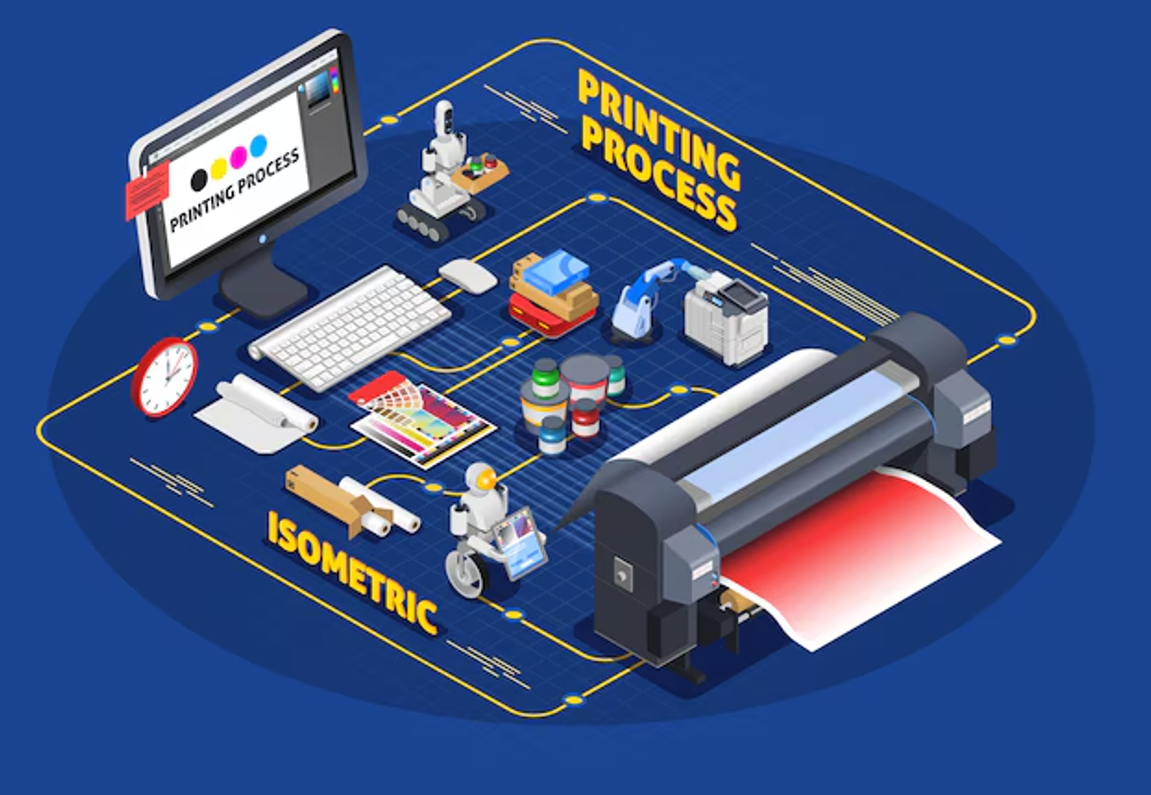
Time is money, and AI helps printing businesses save both by automating workflows and optimizing resource utilization.
AI-Driven Workflow Automation
From file preparation to job scheduling and routing, AI streamlines printing operations. Instead of relying on manual intervention, AI-driven systems can handle repetitive tasks, reducing turnaround times and increasing overall efficiency. Businesses such as kiasuprint.com are leveraging AI solutions to optimize their printing processes and deliver top-quality results to clients.
Predictive Maintenance and Downtime Reduction
Printing machines are complex, and unexpected breakdowns can be costly. AI-powered predictive maintenance systems analyze performance data and alert operators before a failure occurs. This proactive approach minimizes downtime, extends the lifespan of machinery, and saves businesses from costly repairs and production delays.
Waste Reduction and Resource Optimization
Printing waste not only impacts profits but also harms the environment. AI-driven systems optimize print layouts, minimize errors, and predict ink consumption, leading to more sustainable printing practices.
Real-World Examples and Case Studies
Seeing AI in action makes its impact even more evident. Here are two successful AI implementations in the printing industry:
Case Study 1: AI in Commercial Printing
A commercial printing company faced ongoing issues with color consistency across multiple print runs. By implementing an AI-powered color management system, they saw a 40% improvement in color accuracy and a 25% reduction in material waste. The result? Increased customer satisfaction and a boost in profitability.
Case Study 2: AI in Packaging Printing
A packaging company was struggling with defects on printed labels, leading to wasted materials and customer complaints. After integrating AI-driven quality control, they significantly reduced printing errors. The AI system caught imperfections that human inspectors missed, ensuring only high-quality labels made it to the market.
The Future of AI in Printing: Trends and Predictions
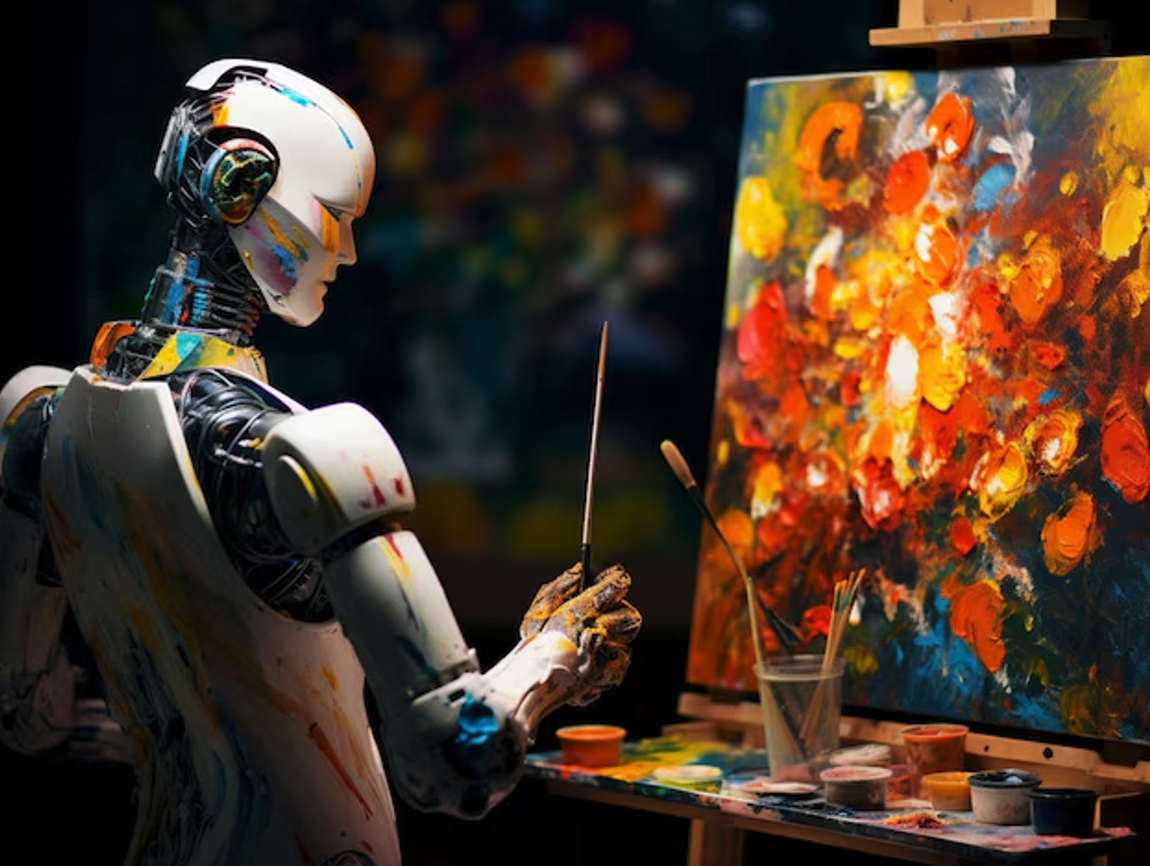
The role of AI in printing is only set to expand. Here’s what’s on the horizon:
Personalized and Customized Printing with AI
AI enables hyper-personalization, allowing businesses to cater to individual customer preferences. Imagine ordering a book with a unique, AI-generated cover design or receiving product labels customized with your name. These innovations are becoming more feasible thanks to AI-powered automation.
Integration with IoT and Cloud Technologies
The future of printing lies in the seamless integration of AI, IoT (Internet of Things), and cloud-based technologies. Smart printers connected to the cloud can process large volumes of data, automate workflows, and provide real-time analytics. This will further enhance efficiency and allow businesses to manage their operations remotely.
Conclusion
Artificial Intelligence is revolutionizing the printing industry, improving quality, enhancing efficiency, and reducing operational costs. From automated color correction to predictive maintenance and waste reduction, AI-powered solutions are making printing businesses more competitive. As AI continues to evolve, companies that embrace this technology will gain a significant advantage. If you're in the printing industry, now is the time to explore AI solutions and see how they can transform your business for the better.
Share this post
Leave a comment
All comments are moderated. Spammy and bot submitted comments are deleted. Please submit the comments that are helpful to others, and we'll approve your comments. A comment that includes outbound link will only be approved if the content is relevant to the topic, and has some value to our readers.

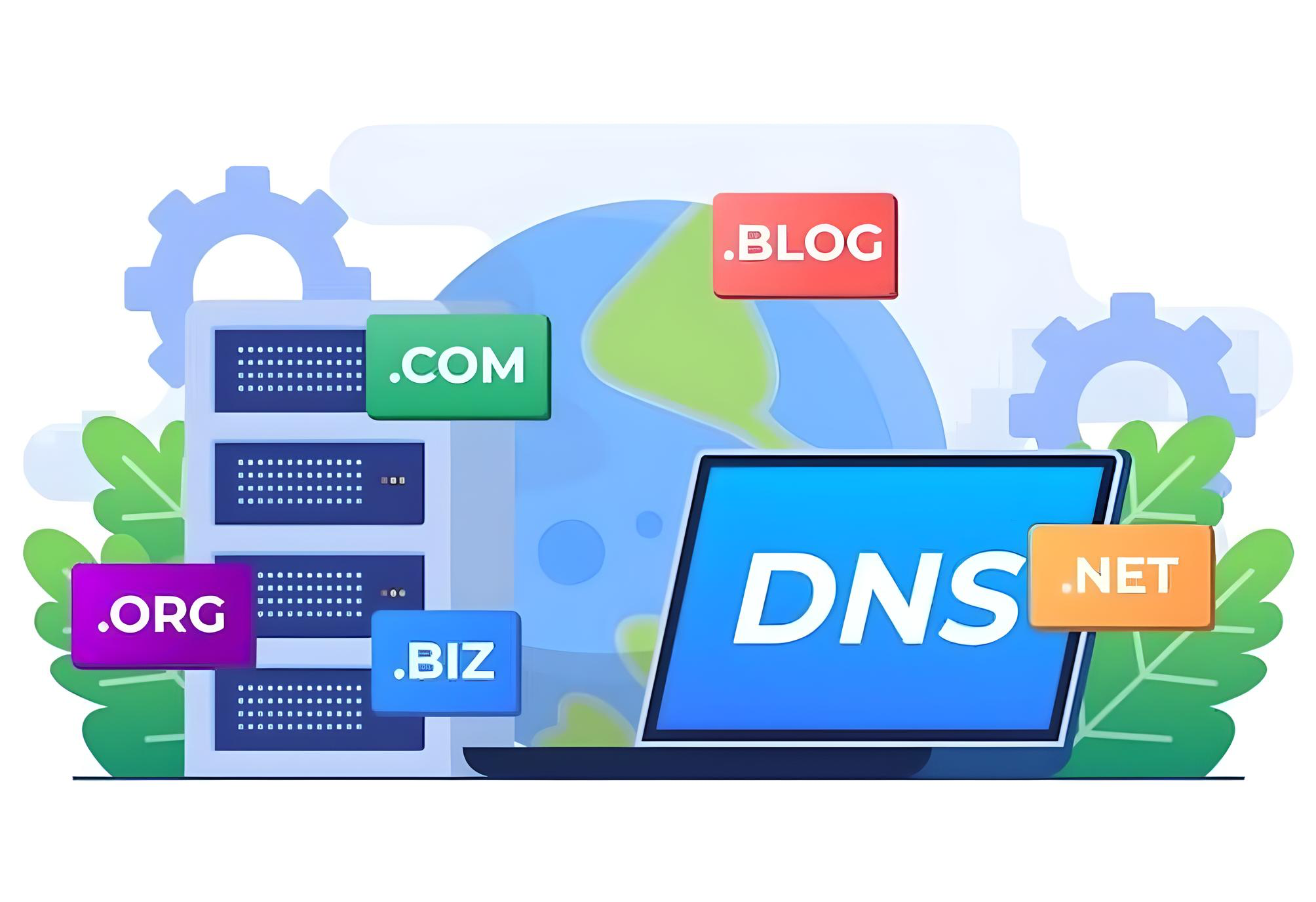
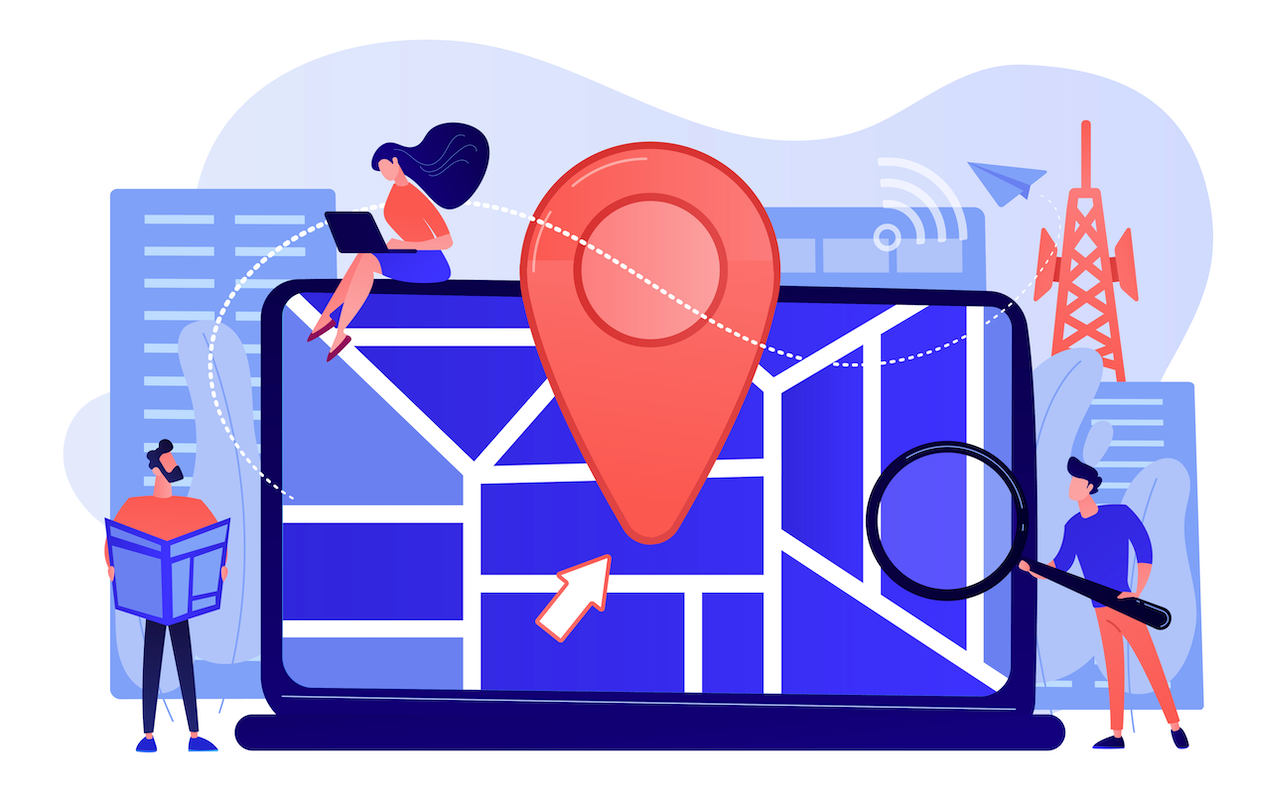
Comments (0)
No comment